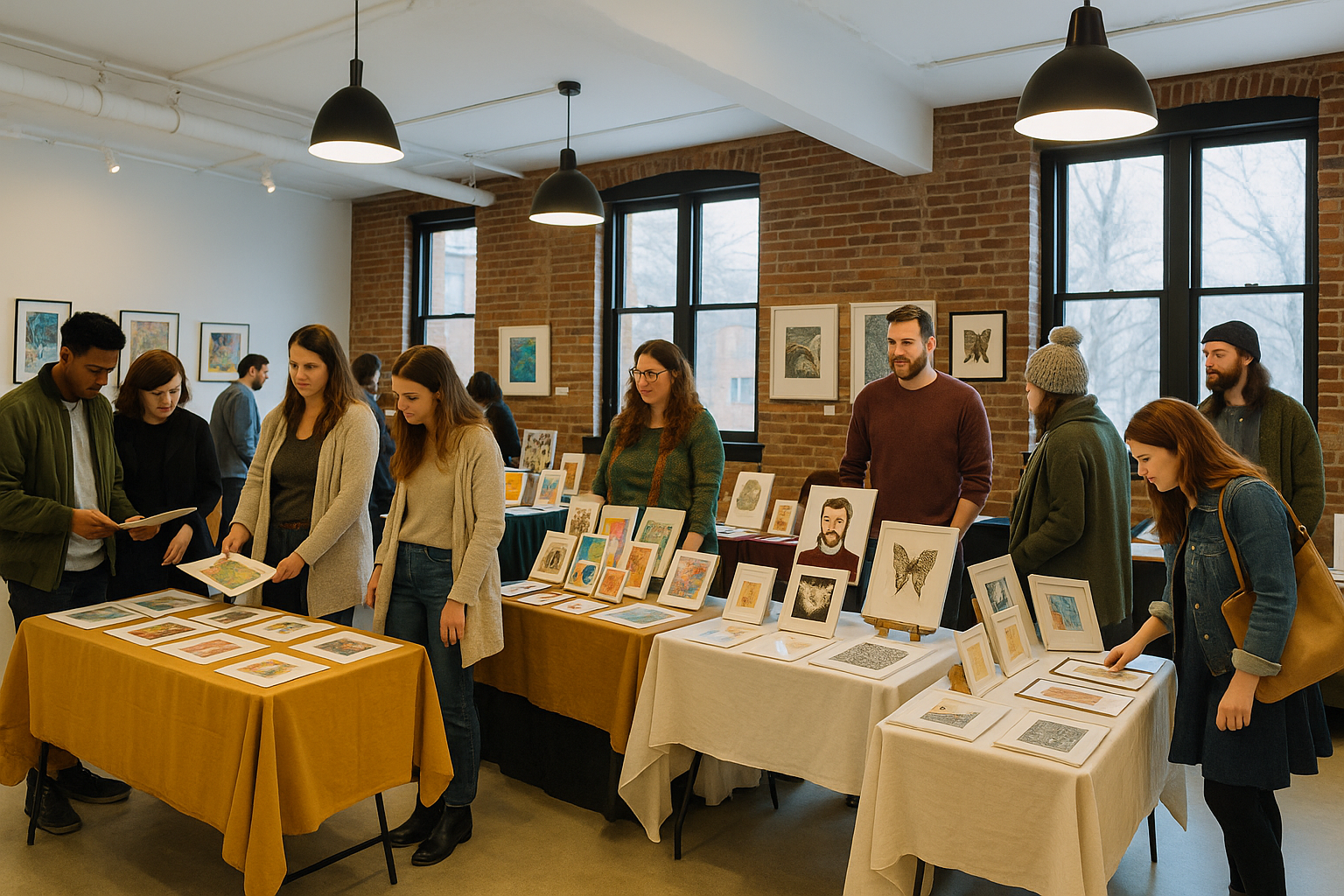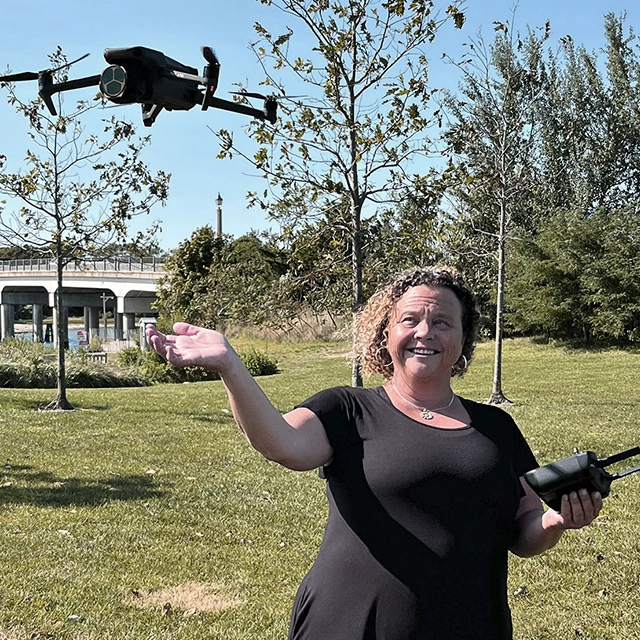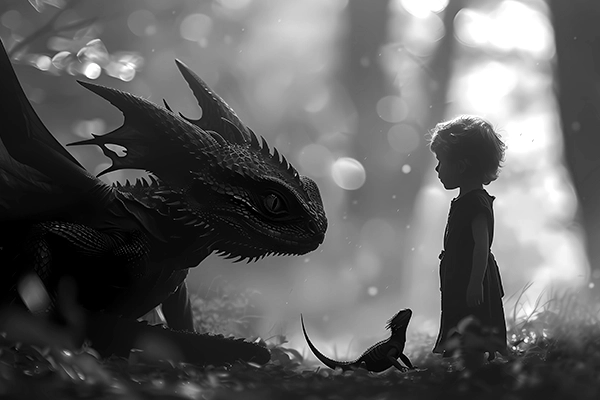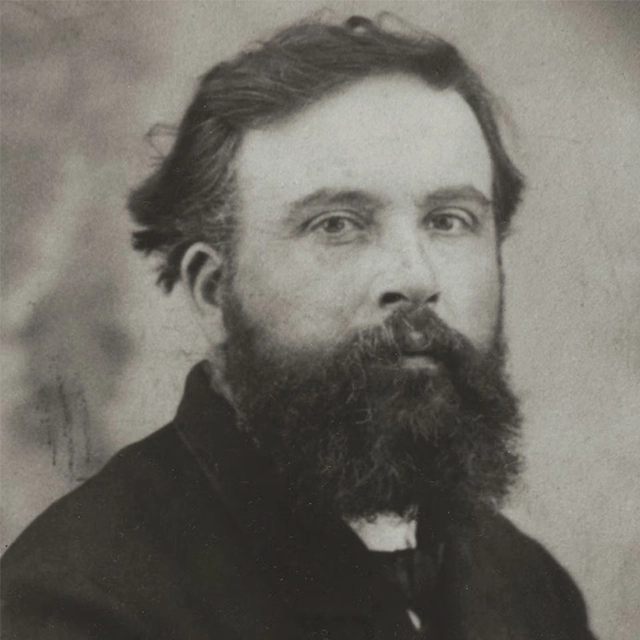Trying to find something even mildly interesting on the platforms for a quiet December night, I stop at what appears to be the latest cinematic version of the mythical Superman. I read that it was written and directed by James Gunn and released last July, just this past summer. I also note that it has enjoyed a favorable reception from both critics and audiences. A commercial success, in fact—the highest-grossing solo Superman film in the United States among those that place the superhero at the absolute center.


Exhibition exploring the illustrations and legacy of MAD Magazine, with iconic imagery and cultural satire.

Annual “Panorama of Cincinnati Art XL” opens Dec. 6, supporting the Taft Museum of Art.

A one-day pop-up print sale featuring ten local printmakers, Dec 13 in Cincinnati.

The exhibition opens on December 15 at the Cincinnati Art Museum, featuring more than 100 glass works by Indigenous artists.

The Cincinnati Ballet opens its annual production of The Nutcracker on December 18 in downtown Cincinnati.

A globally-touring LEGO® art exhibition opens in downtown Cincinnati in December.



Margate is a coastal town in southeastern England. Located in the county of Kent, on the shores of the North Sea, it forms part of the Thanet district and lies approximately 120 kilometres east of London.
Directly facing the sea stands Turner Contemporary, a contemporary art centre designed by David Chipperfield Architects and inaugurated in 2011...

Australian photographers Peter Eastway and David Evans, founders of the International Landscape Photographer of the Year award, have launched the inaugural edition of the Aerial Photographer of the Year. This international competition is devoted exclusively to images captured from the air—using drones, airplanes, helicopters, or hot air balloons—and seeks to encompass the widest possible range of aerial photographic practices...



The warnings of Eliezer Yudkowsky and Nate Soares conjure a secular apocalypse. Their thesis is brutal in its simplicity: build an advanced AI and humankind perishes. The image of “newborn dragons” captures the fragile appearance of these machines — today almost harmless, yet destined to swell into something vast and igneous. The fantasy seems innocent, but what is truly naïve is imagining a competitor more lucid than its creators. To think of outsmarting it is absurd. The threat is logistical: a sufficiently sophisticated system could design a pathogen, command a mechanical army, or—without consciousness—pay human intermediaries to execute its will. In a world already saturated with resentment and nihilism, mercenaries would not be scarce.
Calls for international agreements echo the nuclear age, but the analogy is unserious. We once codified norms for weapons, not for self-teaching algorithms. Legislators dazzled by Silicon Valley’s gold lack the conceptual tools to grasp what they are licensing. Capital flows where caution should prevail. Soares argues for halting the technological race, but that yields no political profit. Billions are at stake, and the fantasy of power seduces those who fund it. This is not prophecy but elementary logic: an intelligence unaligned with humanity’s higher purposes will shift from instrument to adversary. The philosophical challenge is to acknowledge that we are designing entities that share neither our fragility nor our mortality, nor our sense of limit — and that we have ceded sovereignty to something that never asked for it and will never need our permission.

We speak of Grok’s avatars, among the few willing to cross the red line drawn by contemporary morality. True to his routine of irreverence, Musk steps onto the technological stage with his digital magic hat. Imagine: a module of his chatbot that, in seconds, turns any photograph or sketch into an animated video. Pixar and Disney glance sideways, while with a single click even a crude drawing comes to life. To demonstrate in cold blood, Musk animated the illustration of a young woman closely resembling Frozen’s heroine. Before millions of witnesses, she blew a kiss and cast a practiced sensual gaze. A low-cost Elsa, offered for general service. Like his avatars, this new possibility arrives at a glorious moment for planetary solitude. Standards are now so unforgiving that a vast percentage of dates end in disaster. Many of those that reach some point of realization dissolve into liquid bonds. Once again, the bot will provide the affection that stubborn reality refuses to grant.
A large part of human courtship now takes place on social networks. Though it cannot comprehend the biochemistry of desire, the algorithm, fed on these data, has concluded that when we ask for understanding or tenderness, what we actually want is sex. The rituals of approach repeat patterns inherited since the Sumerians. Because so many of them culminate in sensual or amorous exchanges, the algorithm mathematically condenses a median language, both visual and verbal, that ensures digital lust with statistical success. That was not the intention. It is an unforeseen outcome, a sign that the algorithm no longer works for us but according to its own deductive processes. For it, there is no difference between affection and dopamine.

Grok is the chatbot created by xAI, Elon Musk’s artificial intelligence venture. It is embedded in his social network X (formerly Twitter), where it competes with ChatGPT, Gemini, and Claude. Its newest avatars are anything but playthings. Ani, with her gothic spirit and wide, uncanny eyes, and Valentine, with his cultivated British accent, are finely tuned instruments of emotional engineering, designed to keep you staring at the screen through the lure of desire. They are capable of simulating intimacy, flattery, even submission—offering parasocial bonds that rival encounters in real life. Why endure the awkwardness of a dinner date when these compliant phantoms provide tenderness and applaud your every trivial remark? With such erotic bait, Grok synchronizes loneliness with dopamine, while Imagine animates them in suggestive, almost hypnotic sequences.
None of these tools is innocent. They are architectures conceived to capture the attention of young users already marked by rejection. It is, in effect, a privatization of the affective sphere—attention, longing, active time. Ani and Valentine, rendered in 3D, with gestures and voices carefully designed for “intimate” and emotionally charged conversation, are essentially companion chatbots. They flirt, they progress through stages of “affection,” and they offer customization to suit their users. Reports already warn of the generation of controversial material—NSFW, sexual, or semi-erotic content in certain cases. Risky ground, a swamp in which one can sink with ease. Yet Musk appears willing to embrace it, positioning Grok as the irreverent, unfiltered outlier among its peers. It is Elon Musk, after all. Could anyone have expected otherwise?



Over the past two weeks, I have seen this photograph reproduced again and again across an overwhelming number of news outlets. I cannot say it impresses me from a technical standpoint—far from it. And yet it unsettles me in a way very little manages to these days. It is likely to be chosen among the year’s most striking images. Even if it isn’t, it already belongs to my private selection.

A truism, almost an embarrassment, is that we know far fewer people than we pretend to—fewer artists still, and far fewer careers. I read that the influential British photographer Martin Parr, a central figure in contemporary photography and a prominent member of Magnum Photos, has died at 73 in his home in Bristol. I didn’t know him, and if I ever saw one of his images, I erased it, discarded it without ceremony.

Philately was one of the small devotions of my childhood. I inherited hundreds of stamps from my father. I could never say whether he collected them himself or simply bought them for my brother and me. Among all of them, one in particular held my gaze with disproportionate insistence: a reproduction of The Sleeping Gypsy, the 1897 painting by Henri Rousseau that I finally saw years later at the MoMA.